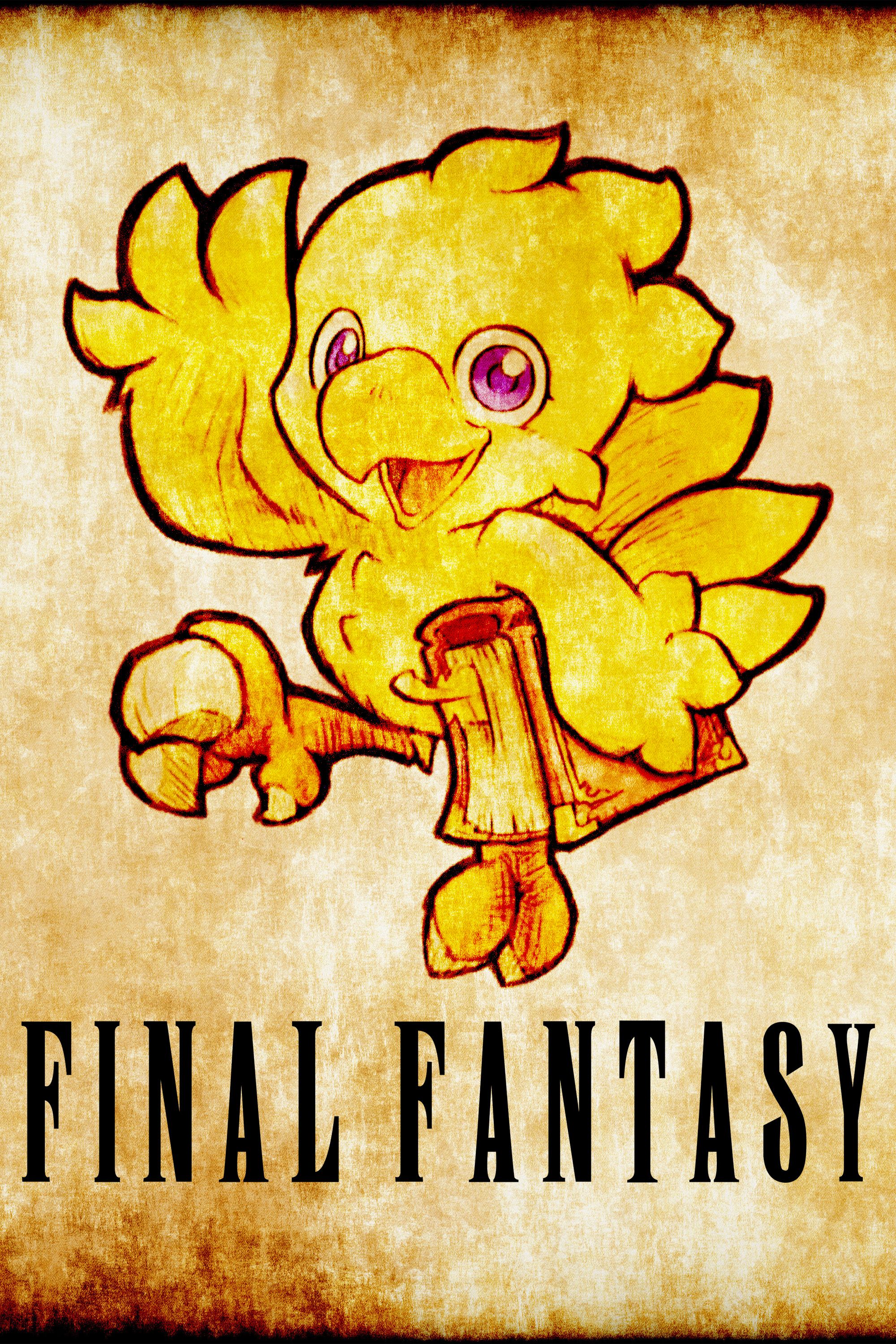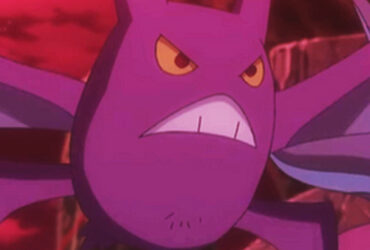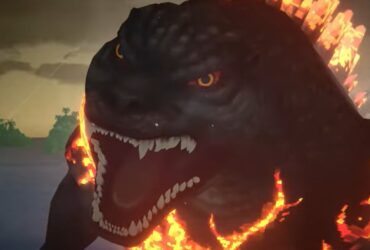Even though they don’t play a major role in the series, Cactuars are undeniably one of Final Fantasy‘s most iconic mascots. These anthropomorphic cacti, which were designed by Final Fantasy 7 Rebirth creative director Tetsuya Nomura, have often been depicted as common enemies in the franchise, though they have sometimes served as summonable allies and friendly NPCs. Since their introduction in Final Fantasy 6, Cactuars have made appearances in more than 50 Final Fantasy games and over 20 non-Final Fantasy titles. They have even been turned into several different types of merchandise, including caps, keychains, and plushes.
Cactuars have a distinct appearance that’s unlike many of the other enemies in the Final Fantasy games. They have very simplistic facial features, consisting of two dots portraying their eyes and one dot portraying their mouth. Cactuars also typically stand in a running position, with their arms and legs bent at 90-degree angles. These creatures have a decidedly more unrealistic character design compared to moogles and chocobos, but that’s part of their charm. The stylized portrayal of the Cactuar’s face makes them look cute and easy to recognize. The design of the Cactuar does, however, have a dark connection to the gyroids from the Animal Crossing series.

Related
8 Best Games That Play Like Classic Final Fantasy Titles
For players looking to recapture the magic of classic Final Fantasy titles, they should check out these great games to scratch that itch.
Cactuars and Gyroids Share an Interesting Connection to Japanese History
Gyroids Are Some of Animal Crossing’s Most Unusual Furniture Items
For those who don’t know, gyroids are a type of furniture item in Animal Crossing. Although they are classified as decorative objects, they are not like any real-life item. Gyroids, as their name suggests, move around and make noises on their own, and if music is playing nearby, they start moving in sync with it. There is also a sentient gyroid called Lloid, who serves as a major NPC in most mainline Animal Crossing games, excluding 2005’s Animal Crossing: Wild World.
Gyroids have been present in the Animal Crossing franchise since its very first installment on the Nintendo 64, the Japan-exclusive Doubetsu no Mori. Originally, there were 127 different kinds of gyroids, but in Animal Crossing: New Horizons, the series’ latest entry, the existing variants were replaced with 36 new ones. Most gyroids, regardless of their type, have some similar visual traits. They not only have three black dots on their “faces,” but they also have arm-like appendages that are pointed in opposite directions. The gyroids look a lot like Final Fantasy‘s Cactuars, and that’s because they’re both based on real-life objects known as haniwa.
Gyroids cost exactly 828 Bells in all Animal Crossing games. This oddly specific price tag is actually a reference to the pronunciation of the number “828” in Japanese (happyaku ni juu hachi), which contains the syllables for the word “haniwa.”
Gyroids and Cactuars Are Inspired By Clay Figures From Japan Called Haniwa
The haniwa are terracotta clay figures that were created in ancient Japan, specifically during the country’s Kofun period, which lasted from around 300 to 538 AD. Haniwa came in all shapes and sizes; some of them resembled houses and swords, while others resembled animals and humans. With that being said, many of the haniwa — or, at least, the humanoid-looking ones — had similar facial features, with three black holes representing their eyes and mouths, much like Cactuars and gyroids.
Despite their unassuming appearances, the haniwa had a rather spooky role in ancient Japanese society. They were often made for ritual use and utilized as funerary objects for the rulers in Japan who passed away. Haniwa were buried in tombs alongside the deceased individuals, and they served as a retaining wall of sorts for burial mounds. The ancient Japanese believed that haniwa could protect the deceased in the afterlife and that the souls of the dead could reside inside them. The armor and weapon-shaped haniwa, meanwhile, were said to shield the dead from evil spirits and calamities.
Haniwa are, of course, no longer used in modern times, but in spite of this, their designs continue to serve as an inspiration for characters in many Japanese franchises, including Animal Crossing and Final Fantasy. As interesting as this tidbit of information is, players should be careful the next time they encounter a Cactuar or a gyroid in a game, because they may be hiding souls deep inside.

Final Fantasy
Final Fantasy is a sci-fi fantasy franchise created by Hironobu Sakaguchi and developed/owned by Square Enix. The series centers on role playing style games set in a science fiction and fantasy style worlds. The first game originally released in 1987 and since then, the franchise has spun off into other mediums like novels, CG films, and anime. The series has also branched into other video game genres including racing, fighting, rhythm, MMOs, and more.
- Creation Year
-
1987
- Developer(s)
-
Square Enix
- Publisher(s)
-
Square Enix
Source link












Leave a Reply